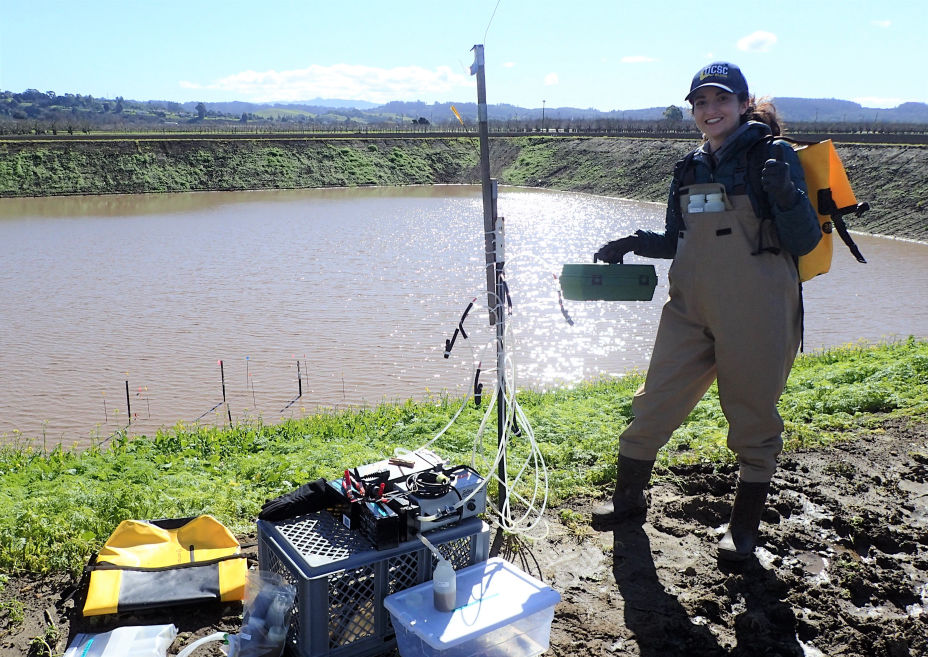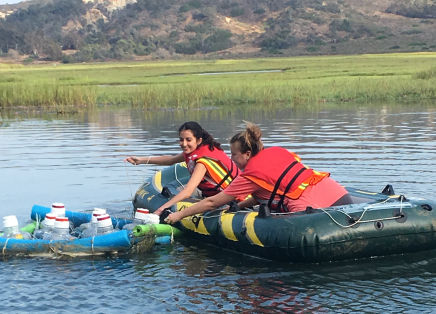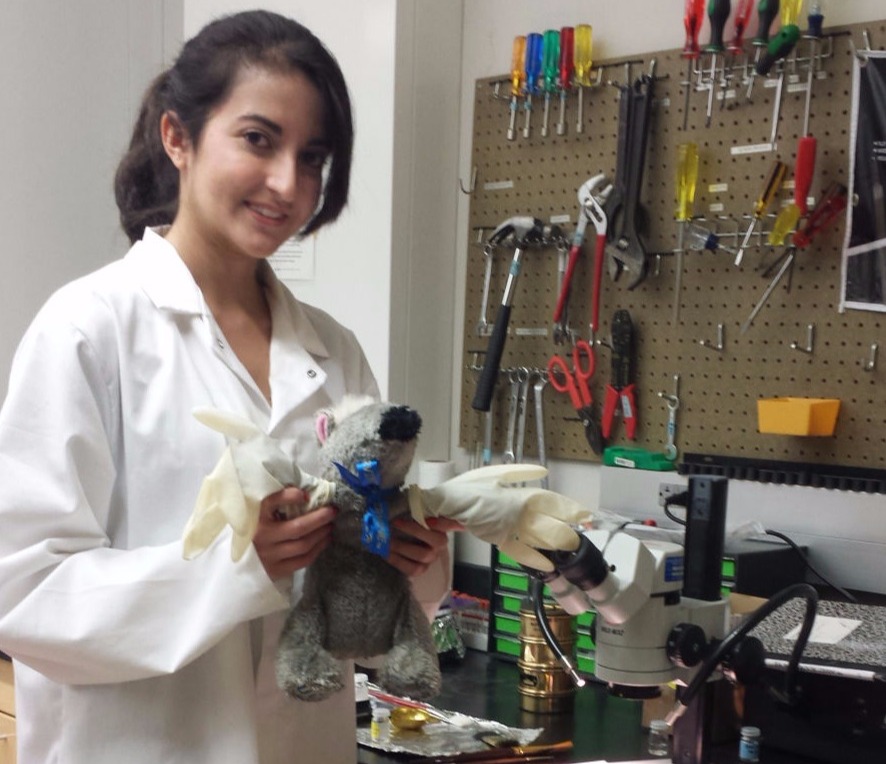Influence of a carbon amendment on nutrient and metal concentrations at a managed aquifer recharge site
Managed aquifer recharge (MAR) can increase groundwater supply and improve water quality during infiltration of surface water. Subsurface biogeochemistry can be modified with a carbon amendment, such as wood chips, which can help to stimulate microbial processes. Carbon-rich soil amendments have been shown to increase denitrification and reduce N loading, but these same amendments may create conditions favorable for mobilizing redox sensitive elements, including trace metals.
We are conducting a series of field and lab experiments to better understand the influence of varying carbon amendments (biochar, woodchips, alfalfa and almond shells) on the ground water quality during infiltration. We are analyzing changes in nutrients (NOx, NH4, PO4, Si), dissolved organic carbon (DOC), dissolved inorganic carbon (DIC), select dissolved metals (such as Fe, Mn, and As) and microbial communities (16srRNA).
Keywords: Hydrogeology, Biogeochemistry, Groundwater resources



